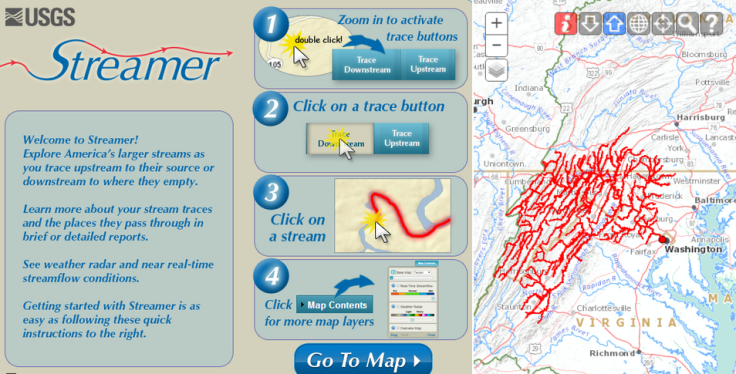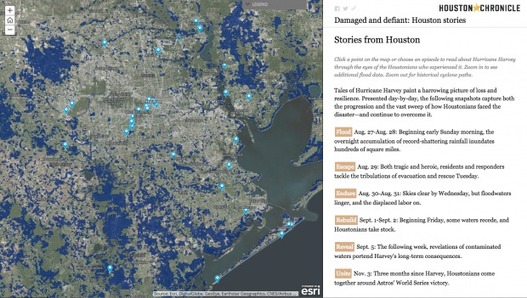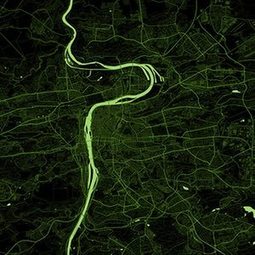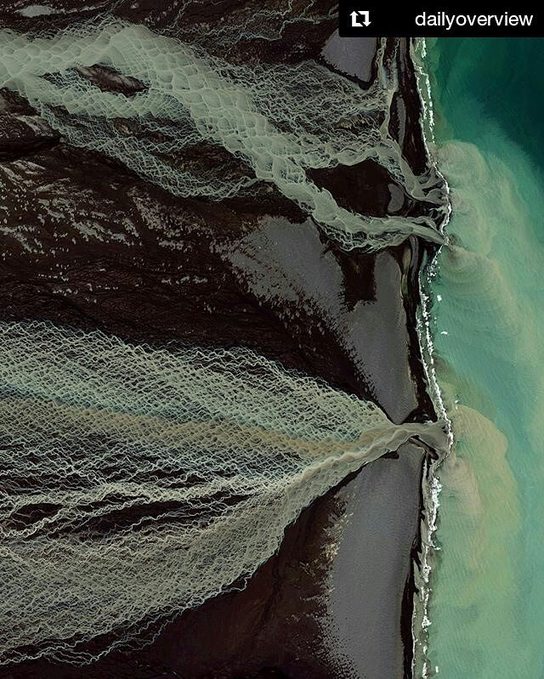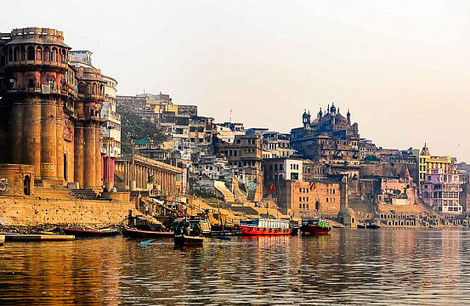
Hinduism shares an intricate, intimate relationship with the climate, geography, and biodiversity of South Asia; its festivals, deities, mythology, scriptures, calendar, rituals, and even superstitions are rooted in nature. There is a strong bond between Hinduism and South Asia’s forests, wildlife, rivers, seasons, mountains, soils, climate, and richly varied geography, which is manifest in the traditional layout of a typical Hindu household’s annual schedule. Hinduism’s existence is tied to all of these natural entities, and more prominently, to South Asia’s rivers.
Hinduism as a religion celebrates nature’s bounty, and what could be more representative of nature’s bounty than a river valley? South Asian rivers have sustained and nourished Hindu civilizations for centuries. They are responsible for our prosperous agriculture, timely monsoons, diverse aquatic ecosystems, riverine trade and commerce, and cultural richness. Heavily dammed, drying in patches, infested by sand mafia and land grabbers, poisoned by untreated sewage and industrial waste, and hit by climate change — our rivers, the cradle of Hinduism, are in a sorry state.
If there is ever a threat to Hinduism, this is it. Destroy South Asia’s rivers and with it, Hinduism’s history and mythology will be destroyed. Rituals will turn into mockery, festivals, a farce, and Hinduism itself, a glaring example of man’s hypocritical relationship with nature. The fact that we worship our rivers as mothers and then choke them to death with all sorts of filth is already eminent.
Source: thediplomat.com
This might be a controversial op-ed because it has a strong perspective on the religious and environmental dimensions of modern Indian politics…that said, I think it is well worth the read. The Ganges is both a holy river, and a polluted river; that juxtaposition leads to many issues confronting India today.
Tags: culture, religion, India, South Asia, Hinduism, pollution, industry, environment, sustainability, consumption, fluvial.
